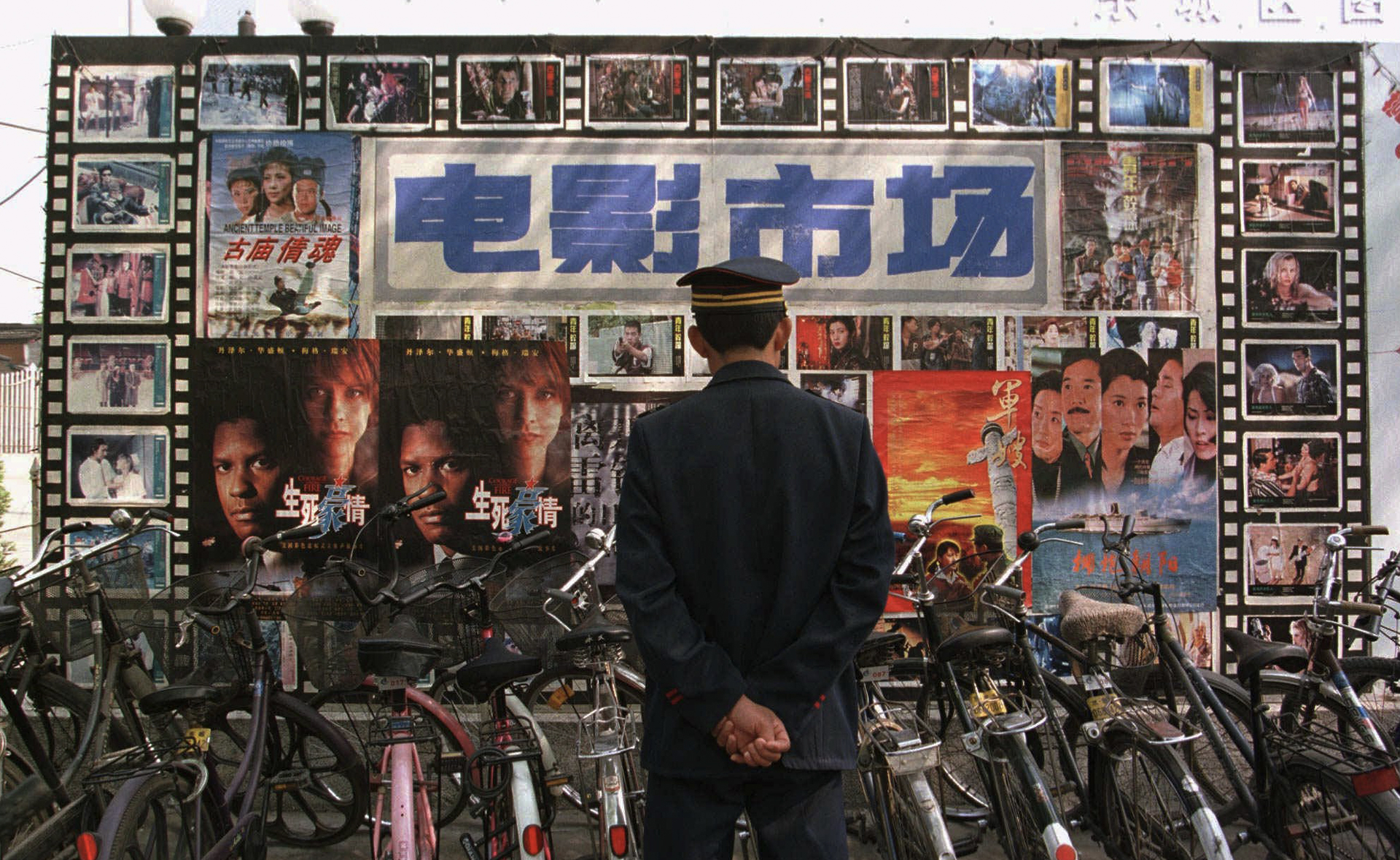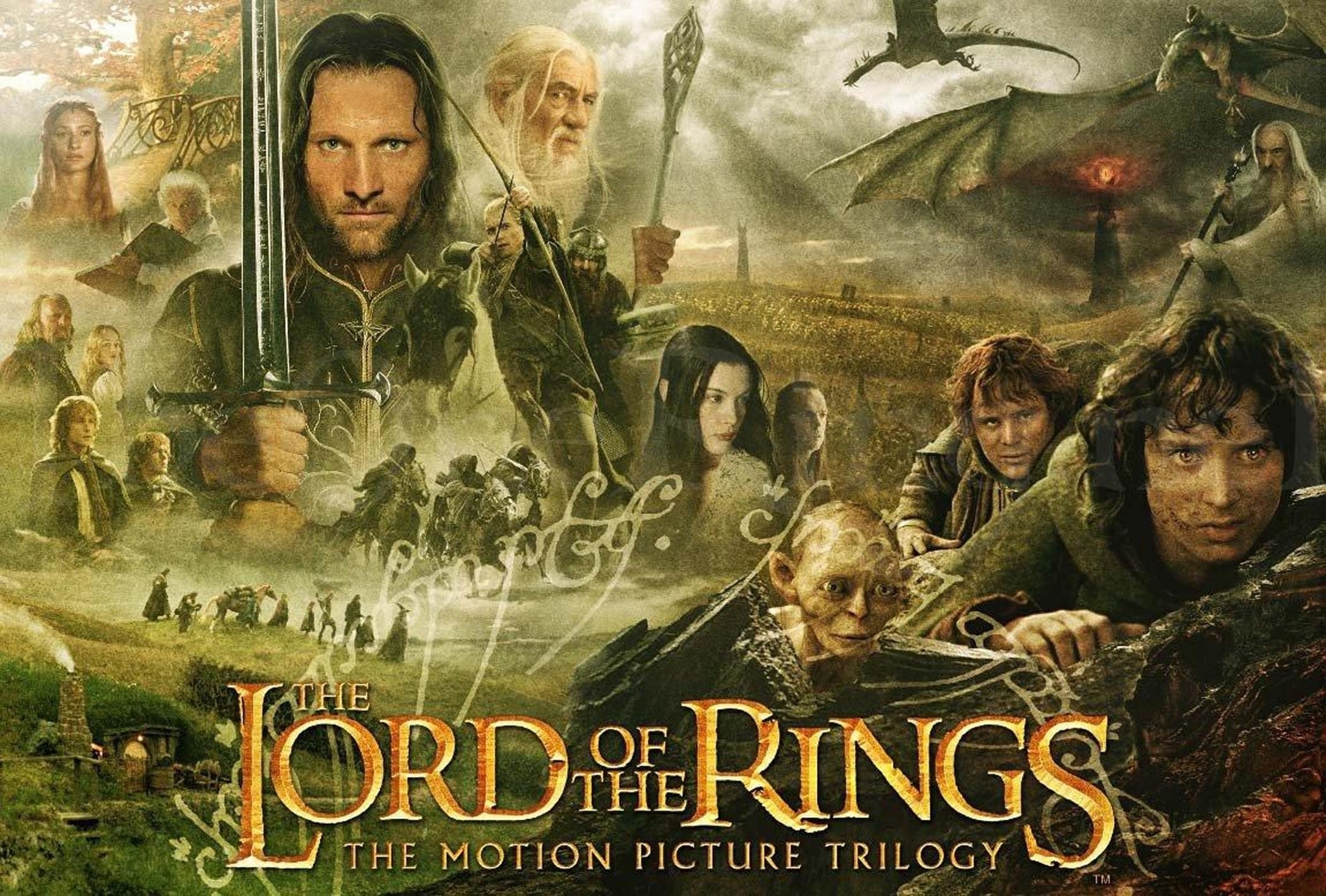How to Analyze the Impact of Censorship and Controversy on Movie Content
Discover the effects of censorship and controversy on movie content in this comprehensive analysis.

The Impact of Censorship and Controversy on Shaping Movie Content and Reception
The world of cinema has always been a reflection of society, pushing boundaries and challenging norms. However, the role of?censorship and controversy?in shaping movie content and its reception cannot be underestimated. Over the years, films have ignited debates, faced censorship challenges, and provoked audiences. This essay delves into the intricate relationship between censorship, controversy, and their influence on the creation and reception of movies.
Historical Perspective of Movie Censorship
Censorship in cinema?has a long history dating back to the early 20th century when silent films first emerged. The Hays Code, introduced in 1930, marked a significant turning point. This code enforced strict guidelines on movie content, aiming to maintain moral standards. It influenced filmmaking for decades, dictating what could and could not be shown on screen. However, the Hays Code eventually gave way to a rating system in the late 1960s, allowing for greater creative freedom while still providing some regulation.
The Censorship-Controversy Nexus
Controversy as a Catalyst for Censorship
Controversy often serves as a catalyst for censorship. When a film touches upon sensitive or taboo subjects, it can draw the ire of authorities or interest groups. For instance, the 1915 film "The Birth of a Nation" sparked outrage for its racist portrayal of African Americans, leading to protests and bans in several cities. In response to controversies like this, censorship boards gain more power to regulate content.
Censorship's Impact on Creativity
Censorship can have a profound impact on the creative process. Filmmakers are often forced to navigate a complex landscape of restrictions, self-censorship, or making artistic compromises to appease censorship boards. This influence can either stifle creativity or lead to ingenious ways of conveying messages. The 1950s McCarthy era, marked by anti-communist paranoia, spawned a wave of allegorical and subtextual storytelling as filmmakers grappled with censorship.
III. Modern Censorship and Controversy
Global Perspectives
The dynamics of censorship and controversy vary across countries. In some nations, like China, the government exerts strict control over content, censoring anything that challenges their ideology or threatens social stability. In contrast, Western democracies tend to have more lenient censorship but still grapple with controversies related to issues like sex, violence, and representation.
Digital Age Challenges
The digital age has reshaped the landscape of movie censorship and controversy. Online streaming platforms and social media enable immediate global access to films, bypassing traditional censorship barriers. However, this also means that controversies can spread rapidly, as seen with the backlash against films like "Cuties" on Netflix, which ignited discussions on child exploitation and artistic freedom.
Controversial Genres and Themes
?Violence and Gore
The depiction of violence and gore in films has long been a source of controversy. Movies like "A Clockwork Orange" and "Natural Born Killers" faced censorship challenges due to their graphic content. Such controversies have led to discussions about the desensitization of audiences and the responsibility of filmmakers.
Sexuality and Nudity
Sexuality and nudity have been recurring themes in cinema, from the scandalous "Last Tango in Paris" to the erotic thriller genre. These films often push the boundaries of censorship, exploring human sensuality and relationships. The controversy surrounding these movies can ignite debates about sexual liberation, objectification, and censorship's role in policing morality.
?Impact on Reception
Box Office Success
Controversy can significantly impact a film's box office success. Some movies thrive on controversy, attracting curious audiences eager to witness what all the fuss is about. For example, "The Passion of the Christ" became a major box office success due in part to the controversy surrounding its portrayal of Jesus's crucifixion.
B. Critical Reception
Controversy can also affect critical reception. Critics often grapple with the ethical implications of films that push boundaries, leading to divisive reviews. The controversial nature of a film can overshadow its artistic merits, making it difficult for audiences and critics to separate the content from the controversy.
?The Evolving Landscape of Censorship and Controversy
Streaming Services and Online Platforms
With the rise of streaming services like Netflix, Amazon Prime, and Disney+, the traditional models of censorship and controversy have faced new challenges. These platforms often produce content that can bypass traditional theatrical releases and censorship boards. This has led to a greater diversity of content and a broader range of topics explored in movies.
Changing Social Norms
Controversy in cinema is not static; it evolves alongside shifting social norms. What was once considered scandalous or taboo may become more accepted over time. Films like "Brokeback Mountain" and "Moonlight" explored LGBTQ+ themes and relationships, breaking new ground and challenging preconceived notions about love and identity.
?Representation and Inclusivity
One of the most significant shifts in recent years is the demand for more diverse and inclusive representation in films. Controversy arises when filmmakers fail to authentically portray marginalized communities, leading to criticism and calls for change. The #OscarsSoWhite movement and discussions around "whitewashing" in casting are prime examples of how controversies can drive industry-wide change.
Balancing Artistic Freedom and Responsibility
The relationship between censorship, controversy, and cinema boils down to the delicate balance between artistic freedom and social responsibility. Filmmakers should have the creative liberty to explore complex and controversial themes, as this is often where groundbreaking art is born. However, they must also consider the ethical implications of their work and its potential impact on society.
The Role of Audiences
Audiences play a vital role in the reception of controversial films. They have the power to engage in discussions, boycott or support movies, and shape public opinion. Social media platforms and online forums provide spaces for viewers to express their views, creating a dynamic feedback loop between filmmakers, audiences, and controversies.
The Future of Censorship and Controversy in Cinema
As cinema continues to evolve, so too will the landscape of censorship and controversy. New technologies, distribution methods, and cultural shifts will undoubtedly impact the way movies are made and received. The ongoing debate over where to draw the line between artistic freedom and societal responsibility will persist, providing fertile ground for discussions about the role of cinema in our lives.
Censorship and controversy have played a pivotal role in shaping movie content and its reception throughout cinema's history. From the early days of silent films to the digital age, filmmakers have navigated the delicate balance between creative expression and societal norms. While censorship can stifle creativity and impose limitations, controversy has the power to propel films into the public eye, for better or worse. As cinema continues to evolve, so too will the intricate relationship between censorship, controversy, and the art of filmmaking.
What's Your Reaction?
















